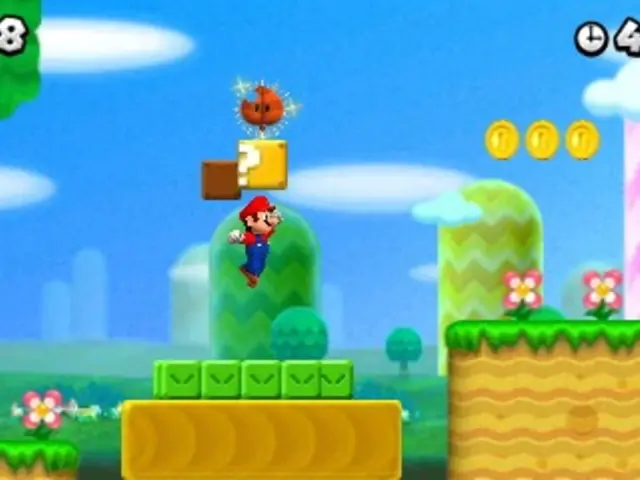Choosing Between Patio or Decking for a Compact Garden: Important Factors Landscaping Professionals Recommend You Consider Prior to Deciding
For homeowners with small gardens, deciding between a patio and decking can be a challenging task. Both options have their unique advantages and disadvantages, and the choice largely depends on factors such as cost, maintenance, sunlight and shade, and finishing touches.
When it comes to cost, patios can sometimes be more expensive, especially when natural stone or porcelain pavers are used. The installation process involves labor-intensive groundwork and excavation, particularly on uneven terrain. On the other hand, decking, especially if made from pressure-treated softwood or composite materials, is usually less expensive to install. However, high-quality hardwood decking can be comparable in price to patios.
Maintenance is another crucial factor to consider. Patios, particularly those made from concrete or porcelain pavers, are typically low maintenance and easy to clean, making them durable and long-lasting. In contrast, timber decking requires regular treatment such as staining, sealing, or painting annually to prevent warping, rot, and fading from water and sunlight exposure. Composite decking, while more expensive initially, has a weather-resistant surface requiring only occasional cleaning, making it lower maintenance over time.
Sunlight and shade are essential considerations, especially in small gardens. Patios tend to absorb and retain heat due to stone or concrete, which might make them warmer in full sun. They work well in sunny spaces but can be enhanced with shade structures for comfort. Decking, often made of wood or composite, can feel warmer underfoot and provides opportunities to incorporate pergolas, built-in planters, or screens that offer shade and privacy easily. Elevated decks also allow for better airflow, potentially cooler in hot sun.
Finishing touches play a significant role in enhancing the aesthetic appeal of both patios and decking. Patios allow for integration with garden landscaping, providing a solid, flat surface ideal for outdoor furniture and decorative elements like planters and lighting. Decks offer greater design flexibility, including multi-level terraces, integrated seating, steps, lighting, and custom-built features that enhance usability and aesthetics. They are better suited for sloped or uneven gardens where level surfaces are hard to achieve without major excavation.
In terms of small spaces, simpler, clean-lined decking designs (square or rectangular shapes) tend to maximize space efficiently without fuss. For cost-conscious buyers, treated softwood decking usually costs less initially but requires regular upkeep, while composite decking is more expensive upfront but easier long-term. Patios, depending on material choice, can be pricier but generally require less maintenance and suit flat gardens.
Ultimately, the decision between patio and decking for a small garden depends on personal preference, budget, and intended use of the space. It's important to be realistic about the budget for installation and ongoing maintenance. The choice of patio or decking should be made based on the existing style of the house and garden. Areas with high sun exposure may be uncomfortable with dark-colored materials due to heat.
Lee Trethewey, a gardens and homes expert, suggests that the choice between patio and decking depends on individual needs, lifestyle choices, and garden characteristics. Maddie Balcombe, Editorial Assistant at Garden Street, discusses the debate between patio and decking for small gardens. Garden Street's marketing manager, Holly Jones, states that decking is great for uneven surfaces because it can be raised or built over slopes without major groundwork. Quorn Stone's marketing director, Isabel Fernandez, notes that patios such as stone or porcelain are lower maintenance with a greater durability.
In conclusion, whether you opt for a patio or decking, adding finishing touches like potted plants and garden furniture can complete the look of the chosen surface. By considering the factors outlined above, homeowners can make an informed decision that best suits their small garden needs.
When making a decision between interior design elements for outdoor living spaces in small gardens, one might consider the lifestyle and aesthetic preferences of home-and-garden enthusiasts. Elegant patio designs, with their seamless integration with garden landscaping, can create a cohesive look for those who prioritize a clean, minimalist style. On the other hand, decking with its greater design flexibility allows for personalized customizations, making it an attractive option for those seeking more creative freedom and versatility in their home-and-garden endeavors.








